4 Books, 12 Activities – Give Early Years Readers Fun Ways To Explore Stories With These Dozen Delightful Ideas
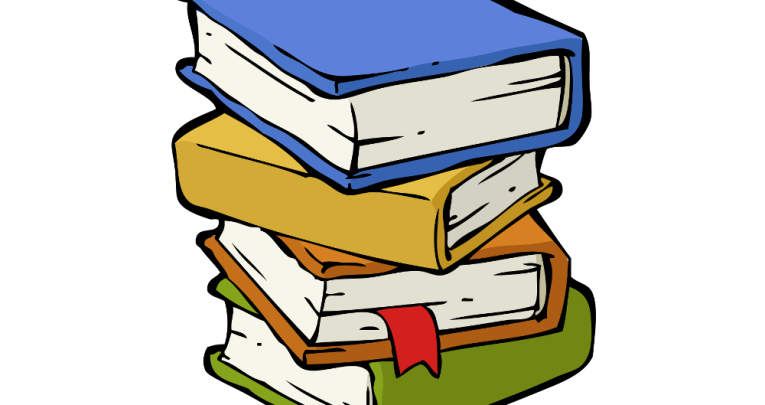
Hilary White takes you through Time For Bed, Fred; The Lion Inside; My Mum and Dad Make Me Laugh and Edie

- by Hilary White
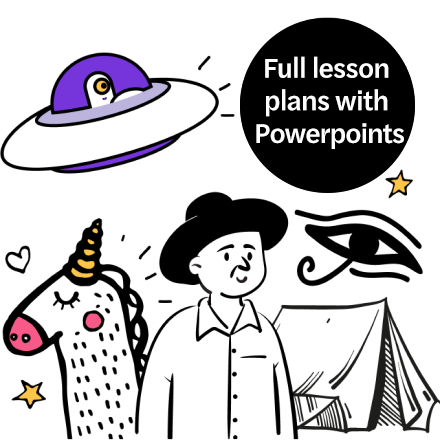
Explore the sounds and sizes of animals, try interesting ways to experiment with colour and get messy washing stuffed toys – all in Hilary White’s latest selection of literary learning activities
1. Time for Bed, Fred!
Yasmeen Ismail, Bloomsbury
A bed for Fred
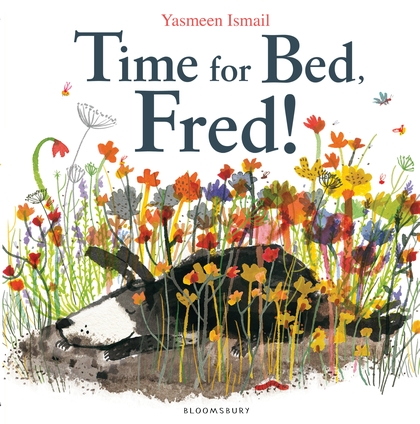 Fred is a naughty dog who will do anything to avoid going to bed. One of his favourite tricks is to try out different ‘beds’, including the washing basket and his owner’s bed.
Fred is a naughty dog who will do anything to avoid going to bed. One of his favourite tricks is to try out different ‘beds’, including the washing basket and his owner’s bed.
Talk about Fred’s beds before setting up an activity to create a new bed for Fred. Gather toy dogs (one for each child), containers such as boxes and baskets, and a variety of ‘fillings’ such as blankets, cushions, newspaper, bubble wrap and hay. Let the children explore the resources freely, and make a comfy bed for their dog.
Brush strokes The delightful illustrations in Time for Bed, Fred! are made using watered-down paint and distinctive brush strokes. Help the children prepare similar resources by thinning ready-mix or powder paint with water, before they try the techniques for themselves. Leave brush strokes to dry and paint over them with different colours to create new shades. Show the children how to use just a small amount of paint on a dry brush to make their brush strokes stand out. Try painting onto wet paper and splashing, spraying or dripping the watery paint.
Washing Fred One of Fred’s bedtime-delaying tactics is to get himself dirty – which means a bath. Set up a messy play activity enabling children to experiment with washing a toy dog. Provide ‘dirty’ substances such as mud and paint, along with bowls, warm water, mild detergent, scrubbing brushes and towels. Which substances make Fred the dirtiest, and which are the hardest to wash off? Does it make a difference what the toy dog is made of (fur-fabric, plush, plastic)? How can we dry the dog, and keep ourselves clean and dry during the activity?
2. The Lion Inside
Rachel Bright, Orchard
Lion roar!
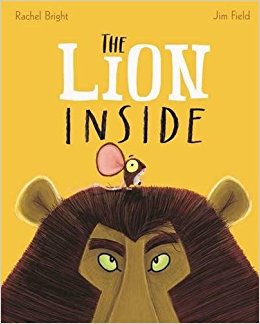 The Lion Inside story is peppered with sounds, including ‘roarrrr’, ‘oooww’, ‘grrrrr’, ‘squeak’ and ‘hahahaha’. Encourage the children to make some of the sounds themselves, and think about the feelings that each one expresses (fear, surprise, amusement). Look at who is making the sound and try out different voices; for example, what does a lion who says ‘eeeak’ sound like? How do you roar in a mouse’s tiny voice? Introduce other exclamatory sounds, such as ‘awwww’, ‘hissss’ and ‘hmmmm’, and develop the activity by offering percussion instruments to go with the sounds.
The Lion Inside story is peppered with sounds, including ‘roarrrr’, ‘oooww’, ‘grrrrr’, ‘squeak’ and ‘hahahaha’. Encourage the children to make some of the sounds themselves, and think about the feelings that each one expresses (fear, surprise, amusement). Look at who is making the sound and try out different voices; for example, what does a lion who says ‘eeeak’ sound like? How do you roar in a mouse’s tiny voice? Introduce other exclamatory sounds, such as ‘awwww’, ‘hissss’ and ‘hmmmm’, and develop the activity by offering percussion instruments to go with the sounds.
Animal sizes Size is a central theme in The Lion Inside, and the animals in the pictures can be used to explore size, length, height and so on; the tall giraffe, the short meerkats, the wide elephant, the thin impala, the heavy hippo, the light butterfly, the mouse’s long tail, the rhino’s short tail. Introduce additional ways of exploring some of the more challenging properties, such as holding heavy and light items to compare. Cut out large animal shapes for the children to decorate, and label with their properties (‘tall giraffe’) to make a wall display.
A ‘calm corner’ Look at how the mouse and the lion in the story face their fears and became friends. Talk about feeling fearful or upset, and what we can do to make ourselves feel better (a hug from Mummy, playing with a friend, cuddling Teddy). Talk to the children about creating a ‘calm corner’ for everyone to use whenever they feel fearful, upset or tired. Use tranquil colours and calming posters, make it cosy with cushions and blankets, and provide CDs with soothing music, restful picture books, teddies to cuddle and so on.
3. Edie
Sophy Henn, Puffin
Edie’s colours
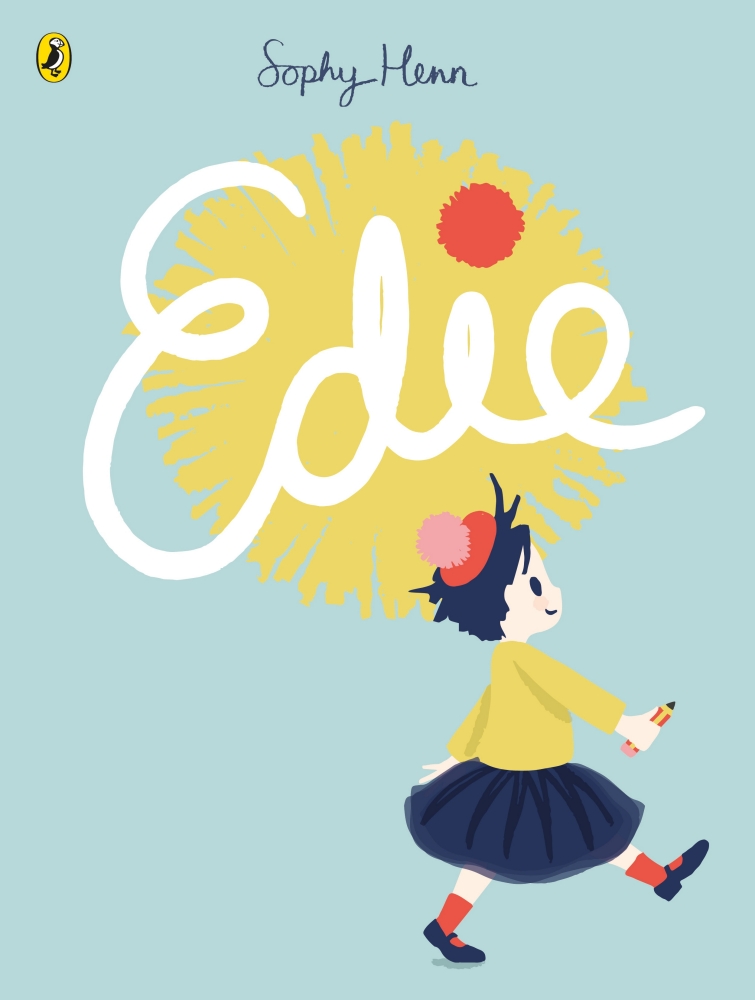 Sophy Henn’s delightful illustrations of Edie and her antics use a limited palette of distinctive colours – duck egg blue, rose pink, mustardy green, red and dark grey. At the end of the book, each colour is represented within a pile of bricks for Edie to stand on.
Sophy Henn’s delightful illustrations of Edie and her antics use a limited palette of distinctive colours – duck egg blue, rose pink, mustardy green, red and dark grey. At the end of the book, each colour is represented within a pile of bricks for Edie to stand on.
Look at the bricks, name each colour and encourage the children to find matching colours in the pictures. Working with small groups of older children, experiment with mixing paint to create similar colours. Encourage the children to create Edie-style paintings using the same colour palette.
Trending
- The Incredible Book Eating Boy – KS1 planning ideas by Judy Clark
- Much Ado About Nothing quotations – 10 posters and worksheet by
- Logic puzzles with answers – Syllogisms computing worksheet by Teaching London Computing
- Related facts Year 1 – Addition and subtraction activities by
- School song – New school year song with audio track and lyrics by Adrian Dilkes
- Merchant of Venice quotes – 6 posters and worksheet for KS3/4 by
- Plant adaptations – RHS KS2 science lesson plan by RHS
- Moles chemistry GCSE – Fun BLT-themed lesson plan by Dr Joanna L Rhodes
- Science of sleep – KS3 lesson plan and resources by Dr Joanna L Rhodes
- Jekyll and Hyde revision – Free GCSE revision guide by Lead Practitioner
Being helpful The central theme of this story is Edie and her ‘helpfulness’. Discuss with the children how Edie being helpful creates chaos, before going on to explore some of the genuinely helpful things we can do (setting the table, helping a friend to finish a puzzle, feeding the setting pets). Make a set of cards with helpful tasks, such as ‘tidy the book corner’ and ‘wash the snack table cups’. Encourage a small group of children to pick a card from a bag and help them plan when and how to compete their helpful task.
Brightening the place up! Edie has great fun decorating her home – whether her family want her to or not! Look at the ways in which she brightens up her environment with paper chains, tinsel, pompoms, ribbons and a painted mural. Gather a selection of decorations and help small groups of children to decorate the setting in a similar way, with each group taking their own area or piece of furniture. Tape a large sheet of paper to the wall for the children to paint a mural like Edie, using paint from the ‘Edie’s colours’ activity.
4. My Mum and Dad Make me Laugh
Nick Sharratt, Walker
What do you like?
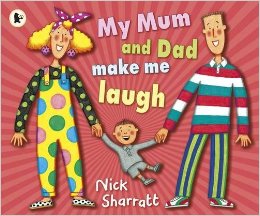 Mum likes spots, Dad likes stripes, their little boy likes grey elephants… What do you like best? Write a list of each child’s favourite thing (dogs, stories, playing in the garden, the colour blue). Print spotty and stripy backgrounds using carrot chunks and card strips glued to wood blocks, and ask the children to paint pictures of what they like best. Write a speech bubble for each child – ‘Shona likes dogs’ – and mount the paintings and speech bubbles on the spotty/stripy backgrounds to make a wall display.
Mum likes spots, Dad likes stripes, their little boy likes grey elephants… What do you like best? Write a list of each child’s favourite thing (dogs, stories, playing in the garden, the colour blue). Print spotty and stripy backgrounds using carrot chunks and card strips glued to wood blocks, and ask the children to paint pictures of what they like best. Write a speech bubble for each child – ‘Shona likes dogs’ – and mount the paintings and speech bubbles on the spotty/stripy backgrounds to make a wall display.
Transient patterns Provide the children with round items representing spots (buttons, small round pebbles, cut-out felt and card circles) and strips to represent stripes (ribbon, lengths of cut-out felt and card, thin leaves such as daffodil). Give each child a piece of black felt to work on and let them play with the resources to create ‘transient’ spotty and stripy patterns. Encourage them to try different arrangements and colours, and give older children grids to help them space their items and create patterns. Photograph the artworks as a record.
Exploring grey The colour grey is often dismissed as a dull colour – but not by the little boy in My Mum and Dad Make Me Laugh! Explore grey with your children by making a collection of grey items and using grey media in art work. Show the children how to create shades of grey by mixing varying amounts of white paint with black, using different grades of pencil (HB, 2B) and pressing the pencil firmly or lightly. Make grey prints and patterns on black and white paper, and cut into pieces for collage.
Teaching tip Dismantle battered old picture books and laminate the illustrations to make individual cards. Use as a starting point for discussion about the characters and events in the story, and as inspiration for artwork.
Sharing the classics
Modern-day picture books encompass a huge variety of styles, approaches and media, including cartoon (Quentin Blake), realistic (Shirley Hughes), watercolour (Deborah Freedman), surrealist (Anthony Browne), collage and mixed media (Lauren Child and Eric Carle) and photographic (Dorling Kindersley).
For many children, picture book illustrations provide a first introduction to the visual arts, and we can enrich their experience by offering a broad range of illustrative styles and colour palettes. As a part of laying foundations for future art appreciation, it’s also useful to share some old favourites. From the limited palette of Gene Zion’s 1950s Harry the Dirty Dog to the delicacy of Victorian illustrator Kate Greenaway, the classics of the past add perspective to the children’s experience of picture book art.
Hilary White is a former nursery and primary teacher. As an author she has written a number of books and contributed to a range of magazines.
Browse more of her Early Years activities.









